/smtg/
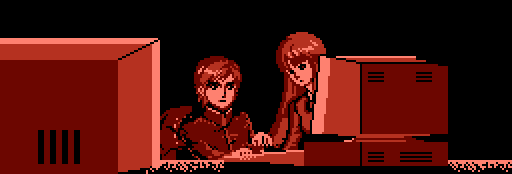
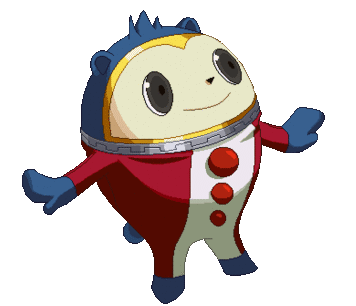
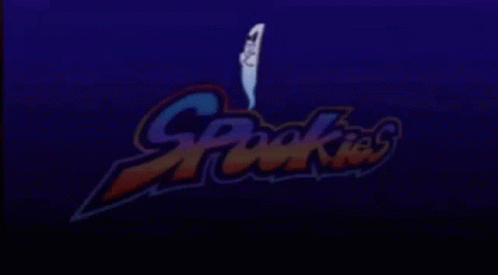
Shin Megami Tensei: Devil Summoner
Abandoning the post-apocalyptic themes of the original series, the story takes place in modern Japan. The player character is an unnamed college student who is attacked by demons along with his girlfriend; they are saved by the timely appearance of a suave demon-hunter named Kyouji. Shortly thereafter, Kyouji is found dead under suspicious circumstances. The protagonist is then trapped inside of a warehouse and murdered by a deranged killer named Sid. Rather than stay dead, the player finds himself in the reanimated body of the slain Kyouji, and escapes from the morgue. With the help of Kyouji's voice, which guides the player from inside his head, the main character joins up with Kyouji's female partner Rei in order to save the life of his girlfriend, who is still in danger.
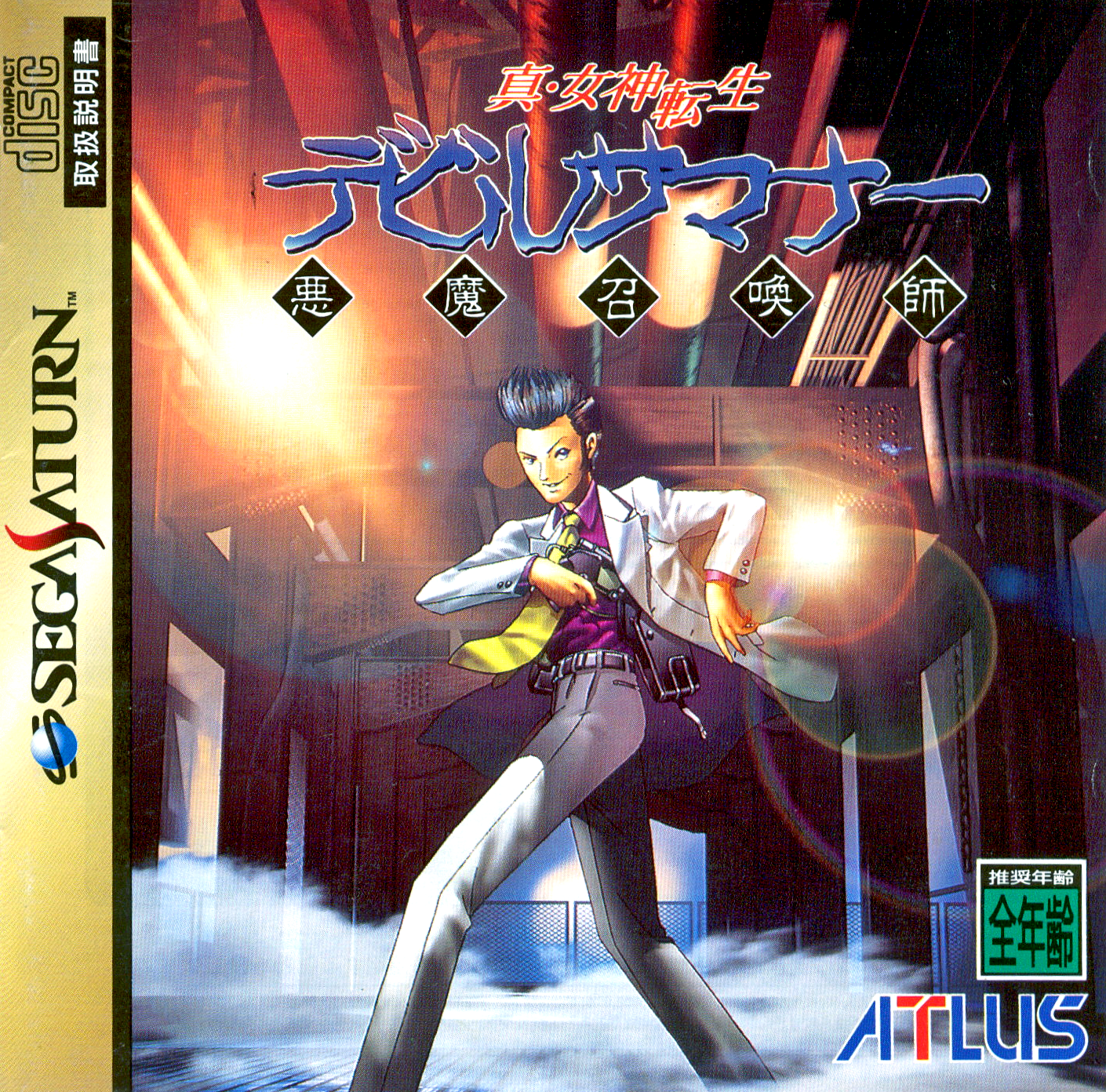
-
Spoiler-Free Content
-
Spoiler Content
Acquiring Shin Megami Tensei: Devil Summoner
Follow this link to acquire Shin Megami Tensei: Devil Summoner for the Saturn. Alternatively, follow this link for the PSP version of the game. Both versions are currently untranslated.
Additional Links
- Complete Script
- Extra
- Walkthrough
- Let's Play (SATURN)
- TV Drama Summaries
- Devil Summoner Sound File
- Devil Summoner (TV) E01 subs
- Devil Summoner (Saturn) Manual Scans
Anon Presents: An Overview of Debisama
- Originally released in Japan on Christmas Day, 1995, Shin Megami Tensei: Devil Summoner is the first game in the Devil Summoner series. To this date, it's the only Devil Summoner game to lack an official localization. Despite its relative obscurity in the west, it was the 14th best selling Sega Saturn game in Japan and even spawned its own live action TV show.
- Huge thanks to PeaceDiner for his guide and the anon who linked me to this Japanese site that has all of the game's maps.
- My experience with this game is through the original Saturn version. Anything I say about the PSP version will solely be based on what I've read. Before jumping into this game, I'd recommend playing Devil Summoner: Soul Hackers first. Soul Hackers is, in essence, a sequel to SMT: DS with similar but more refined gameplay. More importantly, SH has an official English translation with its 2013 3DS port. You'll have a much easier time getting a hang of SMT:DS's mechanics if you have exposure to SH first. I'll make plenty of comparisons to SH in here for comparison's sake. Most of the first half is going to be explanation for beginners to the game, so feel free to skip to the Dungeons section for the dungeon analysis if you already know the basics.
- Modern day Japan, 199X. You're a normal 20 year old living with his parents in Hirasaki City. Through a series of unfortunate coincidences, you get roped into a battle between devil summoners, dying at the hands of a dark summoner. You wake up in the body of Kyouji Kuzunoha, the lead detective and the head of the Kuzunoha Detective Agency. It's up to you and your new partner, Rei Reiho, to investigate the demon attacks around the city and put a stop to the dark summoners' plans.
- Your party has six slots, three in the front row and three in the back row. Typically, your party will have two humans (Kyouji and Rei) alongside a maximum of four demons. Attack order is determined by agility level. In the front row, you can attack with any melee attack or magic, but you're more likely to get attacked by enemies. In the back row, you're less likely to get attacked by demons, but most melee attacks won't be able to reach unless you have a long ranged weapon. You can always attack with guns from the back row. You'll get a game over if Kyouji dies or gets turned to stone. Even if Rei or other demons are still alive, Kyouji dying is an instant game over.
- Non-dark demons can be recruited through negotiation in battle. All demons, including dark demons, can be created through fusion at Goumaden. Negotiation mirrors modern SMT negotiation, so demons ask multiple questions with random answers followed by them either joining, attacking, doing nothing, or asking for items. Interestingly, you'll see a lot of demons in this game with their modern designs, albeit in weird colors for the most part. Some demons even have unique designs that were never used outside of this game:
- Demons do NOT gain levels in this game, but they do have loyalty levels and personalities. Loyalty will be explained in the next section. Personality determines what moves a demon is more likely to do if they are either told to "Go" or choose to disobey commands.
-
If you've played SH, this game has a much less refined version of SH's loyalty system.
Unlike other SMT games, you don't always have full control of your demons.
- Control Level 1 (Loyalty 1): Your only command is "go." Demons will do whatever they want, sometimes not even attacking at all.
- Control Level 2 (Loyalty 2-4): You can tell a demon to do an offensive move or a defensive move.
- Control Level 3 (Loyalty 5-7): You can tell a demon to do a type of offensive/defensive move (i.e. I can tell my demon to do offensive magic, but I can't tell him which skill to use.)
- Control Level 4 (Loyalty 8-10): You can tell your demon exactly what you want them to do, though they might still not listen until their loyalty is maxed. Demon loyalty raises depending on their loyalty type (different from personality). Which loyalty type a demon has depends on its race.
- Mate demons become more loyal the more you use them in battle.
- Greedy demons become more loyal the more items (healing items, gems) you give them.
- Level difference demons become more loyal as the difference between your level and theirs increases.
- Zoma/Hero demons are always max loyalty, but those are a special case.
-
There are two versions of this game: the Sega Saturn original and the 2005 PSP port. If
you're playing through the game just once, you should use the PSP port.
- Play the Sega Saturn version if you want to preserve the game's original difficulty. There's no demon compendium, save items are single use, and demon loyalty is much harder to raise.
- NOTE: If you're going to play the Saturn version, play the "Special Box" or "Saturn Collection" version. The original release (standard box art, yellow label) has a bug with agility that causes you to go last if you or Rei's agility goes above 25.
- Play the PSP version if you want more modern conveniences and extra content. This version has a demon compendium, infinite use save items, two difficulties (normal/hard), and extra superbosses. Demon loyalty is also much easier to raise in this version. The game is also much faster and takes cues from Soul Hackers in terms of UI and battle speed. The soundtrack is preserved from the original, but the game uses a slightly different soundfont. All content from the original game remains aside from two or three demons being censored.
- Unfortunately, there isn't a translation patch for the game, but helpful guides exist:
- A simple guide is available as well if you want instructions on where to go.
- PeaceDiner has created a full walkthrough for the PSP version and a walkthrough/main story translation for the Saturn version. These guides can be used interchangeably since the versions are mostly identical outside of added content.
- Your first real dungeon after the intro. Extremely simple, no tricks or traps. It's extremely easy to get to the boss without recruiting a demon, but you're going to want to practice getting a hang of negotiations here. You don't have Rei yet, so recruiting a Pixie for healing would be a good idea.
- A short maze dungeon. Not much to say here, but you might get confused if you're not aware of the multiple exits and entrances. The boss ends after 8 turns, so you're not required to beat him.
- The mazelike woods aren't too hard to navigate, but the university building will most likely be the first time you get lost as the complexity increases with four floors of a densely packed maze. Still, nothing too bad yet. Also, the recovered university has one of the best songs in the game. You might recognize it if you've played SMT: Imagine before as they remixed it for Shinjuku Babel.
-
Similar to the Kitayama woods. You'll backtrack once you get to the exit, but it's not that interesting otherwise. Also, Rastaman is here. He's dark so he isn't recruitable via negotiation, but this is the only game he shows up in:
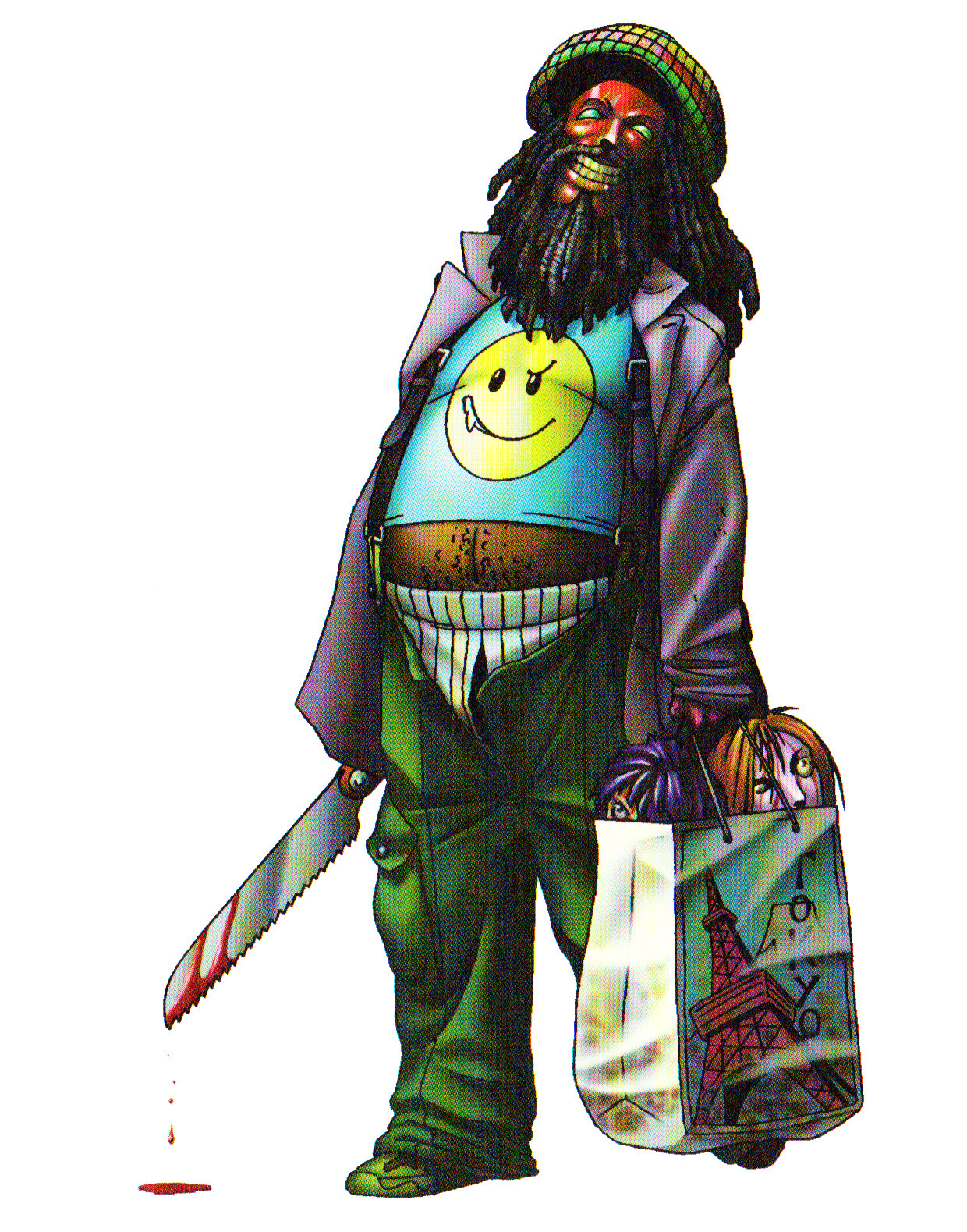
-
Short warp maze. This one introduces the fact that warp points can be both entrances and exits for different warps. Don't forget that, or you're going to have a hell of a time with future dungeons.
-
Here's where the game really starts to show its true colors. From here on, the dungeons only get more complex and sadistic. Mazelike warp-heavy maze with damage floors in common locations.
- You'll lose Rei for this dungeon, so you'll want to recruit a demon or two to fill her role for this dungeon. The museum's design itself is nothing special, pitfalls and a design that isn't too hard to navigate. What's nice about this dungeon is how it encourages exploration. You'll find art you can pick up around the dungeon, and each piece of art you use during the fight distracts the boss for three turns per use. Navigating the dungeon without Rei can be a pain, but the boss fight ends up being trivial because of this if you can recruit or fuse some powerful demons.
- NOTE: Try and recruit a Vouivre before you beat this dungeon. She's the first demon you can get that knows Traesto, a spell that teleports you to the beginning of the dungeon. It's a godsend for some of these later dungeons, and your only other easy opportunity for Traesto will either be Aerophant (a UMA that requires a full moon fusion accident to fuse) or Cerberus (an endgame demon).
- Double dungeon. East Asia TV is a maze with lots of warps. The top floor of EATV is the only way to get into the Electric Tower, and there's no save points in between so be sure to have a Backer Upper. Electric Tower is much more direct but full of traps. The dungeons aren't too bad on their own, but they can be painful if you're not prepared. East Asia has a miniboss that weakens the Electric Tower boss if you beat them, but the miniboss is optional. If you don't beat them, be prepared for electric insta kill attacks.
- NOTE: I'm not sure if this dungeon is actually required. You need to go see Madame Ginko in the Cretacious after the museum and it doesn't seem to tie into the story in any way, but you don't get a reward for it like with Marie's sidequests.
- This dungeon doesn't look too bad on the surface, and I even managed to complete it my first time through in about 10 minutes. Unfortunately, this is where the game's dungeon design difficulty really starts to crank up. The basement is a dark room with required warps to progress. That sounds annoying enough as it is, but the worst part is that way through requires you to take Warp 01 specifically by entering it from the south. If you enter the dungeon from the east or west, it teleports you to the north-west exit and you're still stumbling around the dark room. To top it all off, the original Saturn version has zero hints about entering the teleport from the south.
- The start of what I'd call "the gauntlet." This dungeon and the ones after it get tough as nails, but damn the aesthetics and music are incredible:
- If you opted not to do Chinatown, this is the first place you'll see unmarked warps. Not unmarked as in "they won't show up on the map", but unmarked as in "there's no animation and you get warped without any indication that you warped." The entire second floor is full of them, and it can get extremely disorienting since it's a no comp floor and you can't use your automap. Dark rooms with pitfalls, and long hallways with high encounter rates.
- This dungeon will test you, but it's not the worst. Despite the number of floors, the only really confusing floor will be floor 2 and floor 5 (since the elevator is impossible to see in the dark room) and there aren't too many ways to accidentally reset your progress. Whatever you do, don't fall down pitfall #13 on floor 8 unless you want to do the entire dungeon again.
- Without a doubt the hardest dungeon in the game. Easily my favorite and least favorite dungeon in the game. 12 floors, two parts. Mazes, turn around panels, teleports, pitfalls, teleports that can only be activated in one direction, one-way doors, one-way WALLS. This dungeon throws everything it can at you and it's not afraid to throw you back into the early dungeon. My first time through this dungeon took me about two to three hours because I got set back twice due to one-way doors. That said, conquering a dungeon this difficult is incredibly satisfying. To top it all off, it ends with what I'd say is the hardest required boss in the game. Be sure to either have a demon with Paraladi or equipment that has nerve resist. Yaksha is a good demon with Paraladi you can recruit in this dungeon.
- The last dungeon of "the gauntlet." You get the option to go straight into this dungeon after the NCH boss fight, but you can go back to the arcade to prepare if you need to. This entire dungeon is a no-comp zone and it's the only dungeon in the game that loops. The only real landmarks are the chests, so use those to figure out where you are:
- Despite the complexity of the map, this is one of the easier dungeons in the game. It's a small teleport maze populated by low level demons and each hall only has 3-4 accessible teleports at most. Somehow, you have access to your COMP even on the lowest level of Hell, so it's much easier to keep track of where you are.
- I'll cover the sewers in the optional section, but this is the only time you're required to go into them. They're not terribly interesting, but the fifth floor is a no-comp zone.
- Dense forest maze with some slightly hidden required paths throughout the dungeon. The hidden paths show up on your automap, making this dungeon not nearly as hard as it might seem at first glance.
- NOTE: If you don't have a Vouivre, recruit a Cerberus here for Traesto. The final dungeon is a long walk to escape if you don't have it.
- The last required dungeon in the game. Surprisingly, not as bad as NCH. It's long at 9 floors, but it doesn't throw anything awful at you until the end besides some one-way doors and a six-way pitfall pick-a-path. Other than that, the floors before the minibosses are fairly straightforward despite how clustered they are.
- Once you get past Omu-Magasuhi and Yaso-Magasuhi, there's a teleport maze with one-way teleports and a floor with the highest encounter rate in the game. The teleport maze is annoying, but it's really the only blemish on this dungeon.
- Also, to keep you from going through the same hassle I went through, the final phase of the final boss has an attack that has a chance of turning you to stone. If Kyouji gets turned to stone, it's a game over. I'm too lazy to test right now, but there's three things I equipped and one of them made me immune to the attack and I'm not sure which. They were the Halo Helmet (found in the Hibarigaoka sewers), the Decorative Lion Armor, and the Fire Gauntlets (both found in the Ancient Tomb Maze).
- Similar to the library. Fairly straightforward dungeon with some damage floors. The boss can be difficult if you don't have gun resist.
- Pitfalls and teleports, you'll start to get a taste of what the lategame has to offer. Short dungeon otherwise, but be sure to bring poison bullets for the boss. The Enku seem to be susceptible to them and posion reduces physical damage in this game rather than dealing damage every turn.
- Quite possibly one of the best examples of an interesting idea ruined by a single design flaw.
- Chinatown is, thankfully, an optional dungeon and is one of the reasons I wanted to do this writeup. The entire dungeon is a warp maze with 24 different warp entrances, but the catch is that 80% of the warps don't play the warp animation. There's multiple spots where you'll walk into a corner, turn around, and all of a sudden the area looks completely different.
- The biggest thing that holds this map back isn't the map itself, but the game's automapping system. The automapping system doesn't mark the teleports on the map. You do have the ability to add icons to the map, but you only have 8 icons that you can use to mark the map. I don't know if the PSP version improved its automapping marking, but I'd assume the low icon count of the Saturn version was more of a technical limitation than a design limitation.
- Chinatown was apparently so confusing that they included a map of it in the manual with the game's Saturn rereleases. Your rewards for beating this dungeon are 50,000 Yen and access to the US Military Base gun store in the sewers, but it really isn't worth it. If you want to tackle this dungeon yourself without using a map, you'd probably be best off drawing your own map on pen and paper. Otherwise, either use the map linked earlier or just ignore Chinatown.
- The sewers are SMT DS's equivalent of SH's Sky Arc. More floors open up the further you get in the game, and each floor and sewer has different demons from previous dungeons that you can recruit. The sewers themselves are nothing special, but there's a couple of neat things to point out:
- The sewers are connected to each other, so you can move between the sewers without having to leave the dungeon.
- Every sewer's fifth floor is a no-comp zone.
- You can find someone in the Home district sewers that can teach Rei how to use a new skill.
- Also, the game's bonus dungeon is located on floor 2 of the Yarai-ku District sewers.
- I haven't attempted this dungeon myself, but it unlocks when you step on the tile in front of the final boss door. There's no post-game in the Saturn version, so you'll have to make the trek back or use Traesto to make your way back from the depths of the ancient tomb.
- This dungeon houses the game's superbosses. In the Saturn port, you fight the boss when you reach the boss door on the outside ring, then you get access to the inner square once you've beaten them. The inner square just has some items and the game's strongest demons to train on.
- In the PSP version, there's four more Zoma bosses that you can fight. If you beat them all, you get half price compendium pulls.
- All in all, seems weak for a bonus dungeon.
- good gaem give it a try
Intro
Disclaimers
Story
Party
Demons
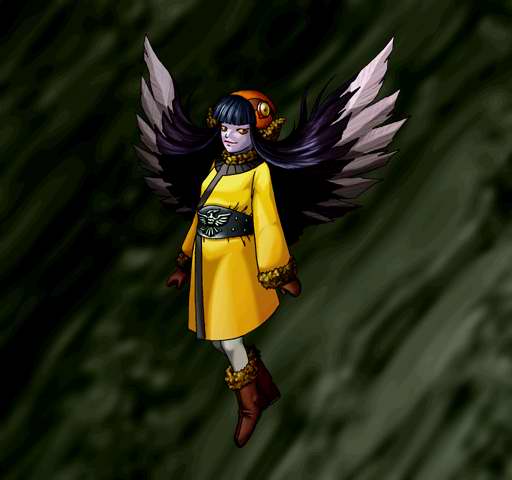
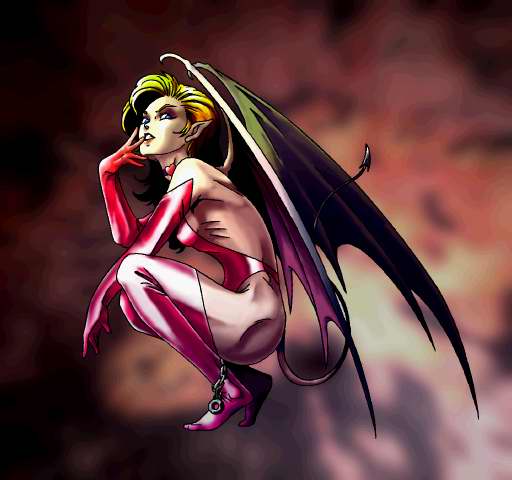
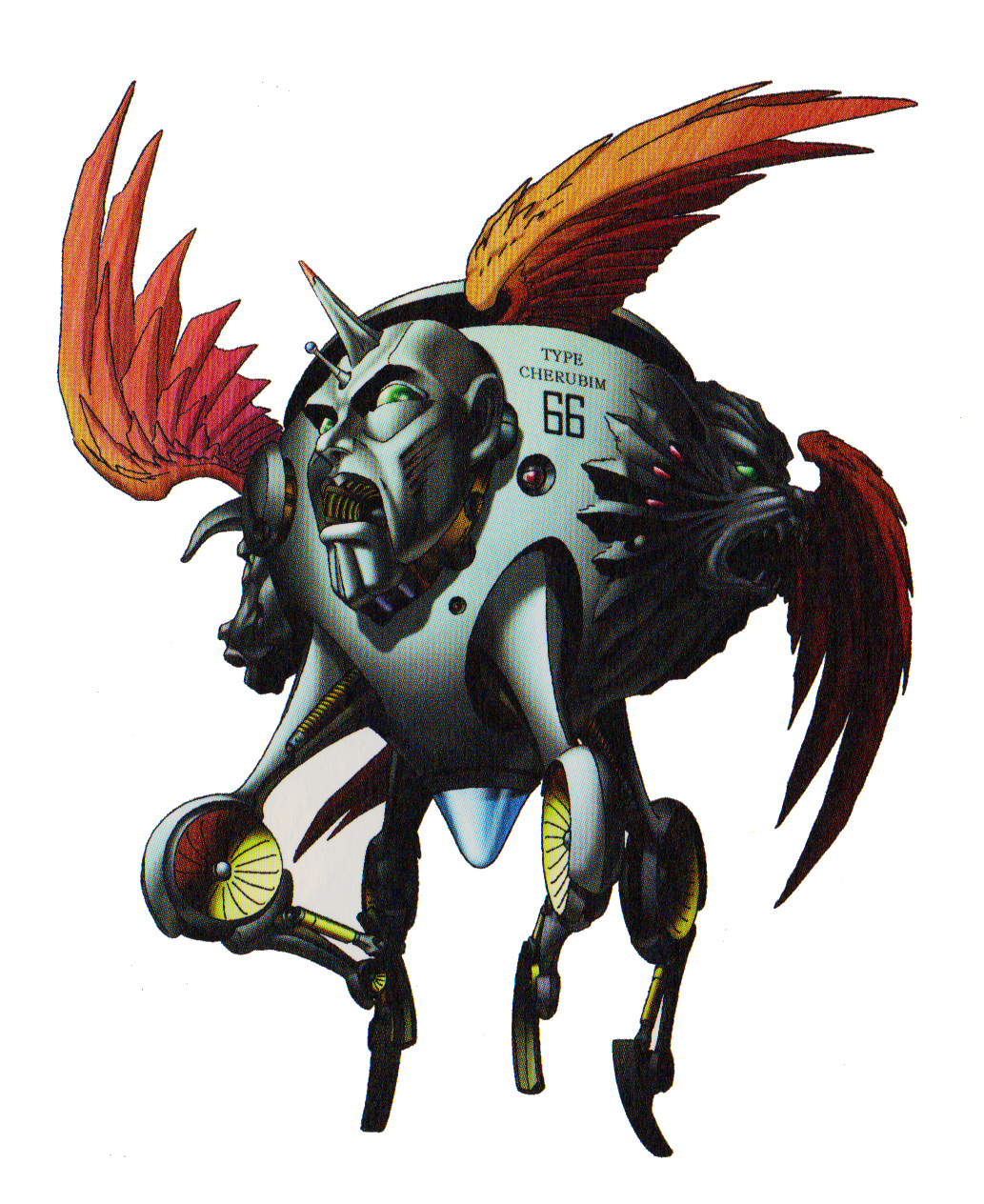
Loyalty System
Which Version Should I Play?
I Can't Speak Japanese!
Main Dungeons
NOTE: Most dungeons disappear after completing them, so be sure to look through the dungeons completely if you want to grab everything. Click on the dungeon name to view the map.
Library

Professor's House
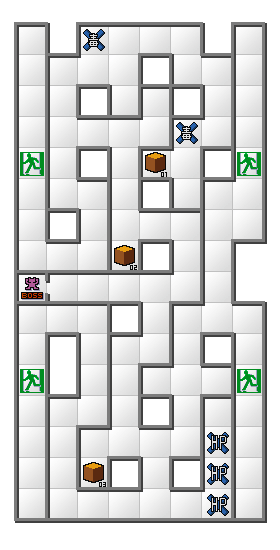
Kitayama Woods and Kitayama University
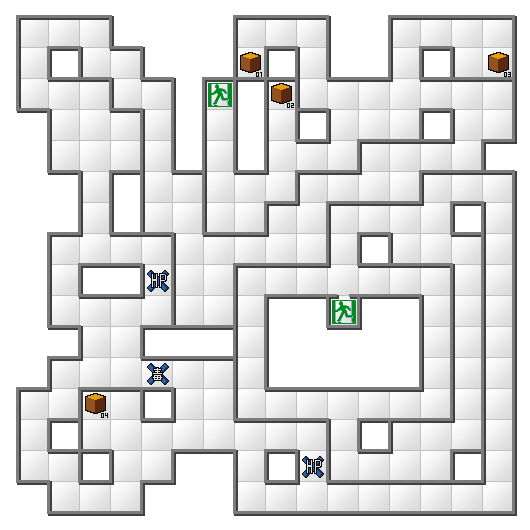
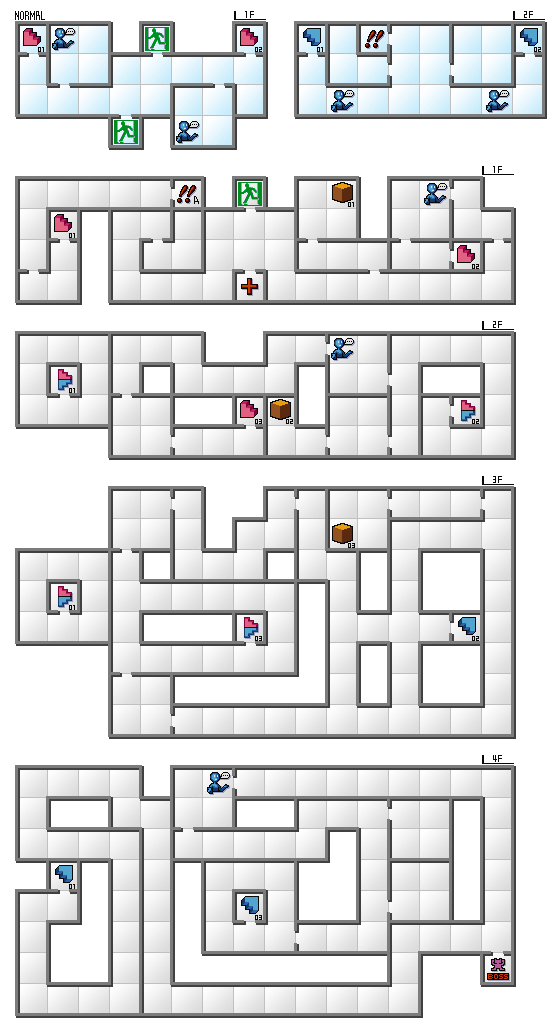
Mount Kasagi
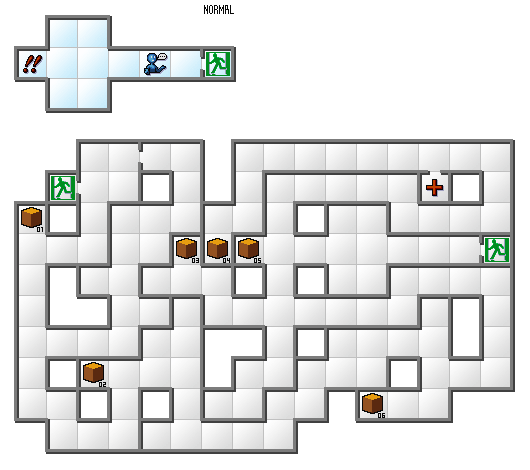
Kumiko's House
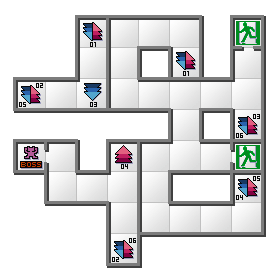
Hikawa Shrine
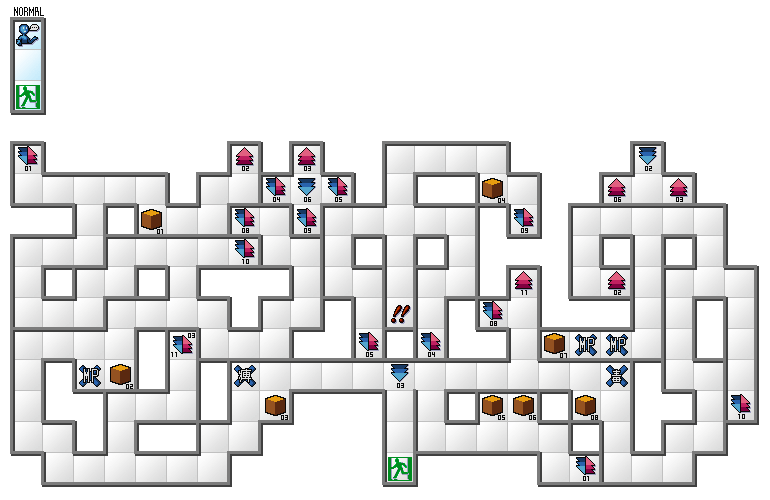
Museum

East Asia TV and Electric Tower
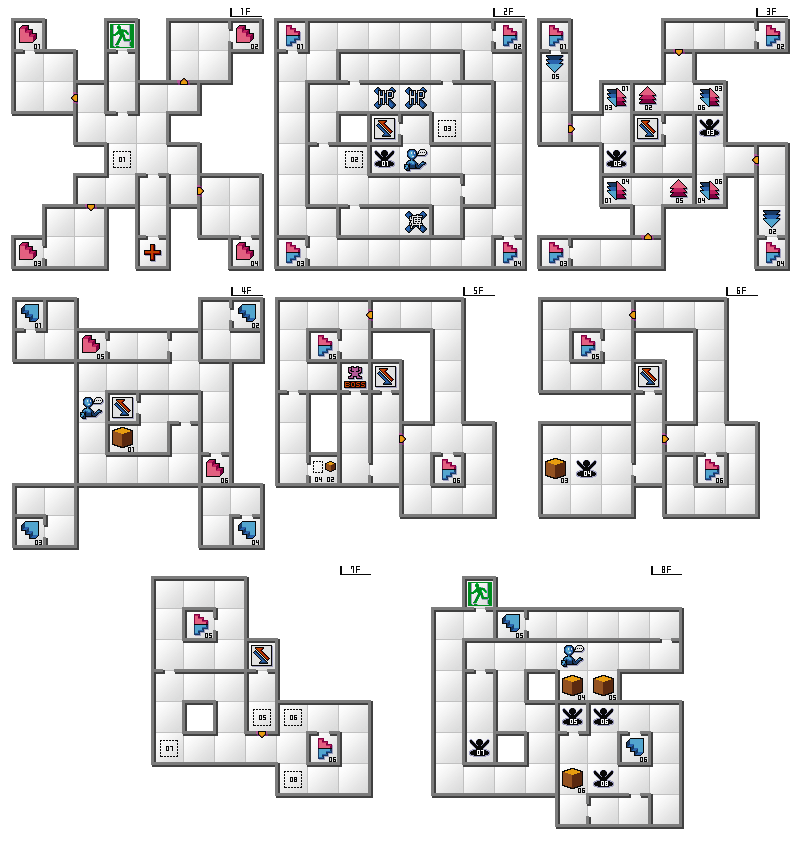
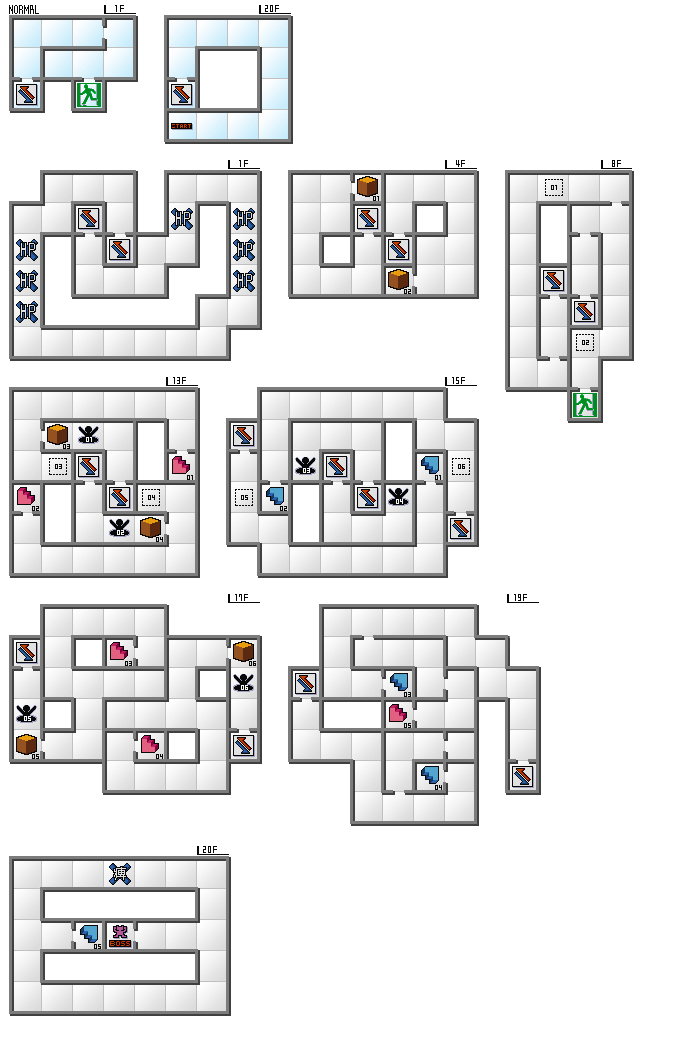
Police Station
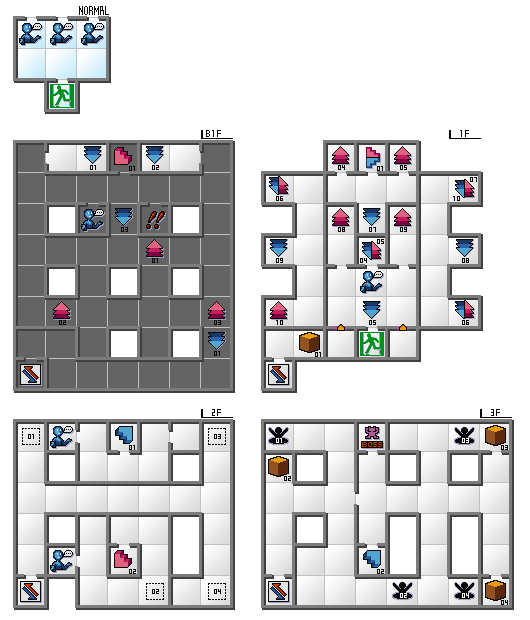
Tenzan Tendou Mansion
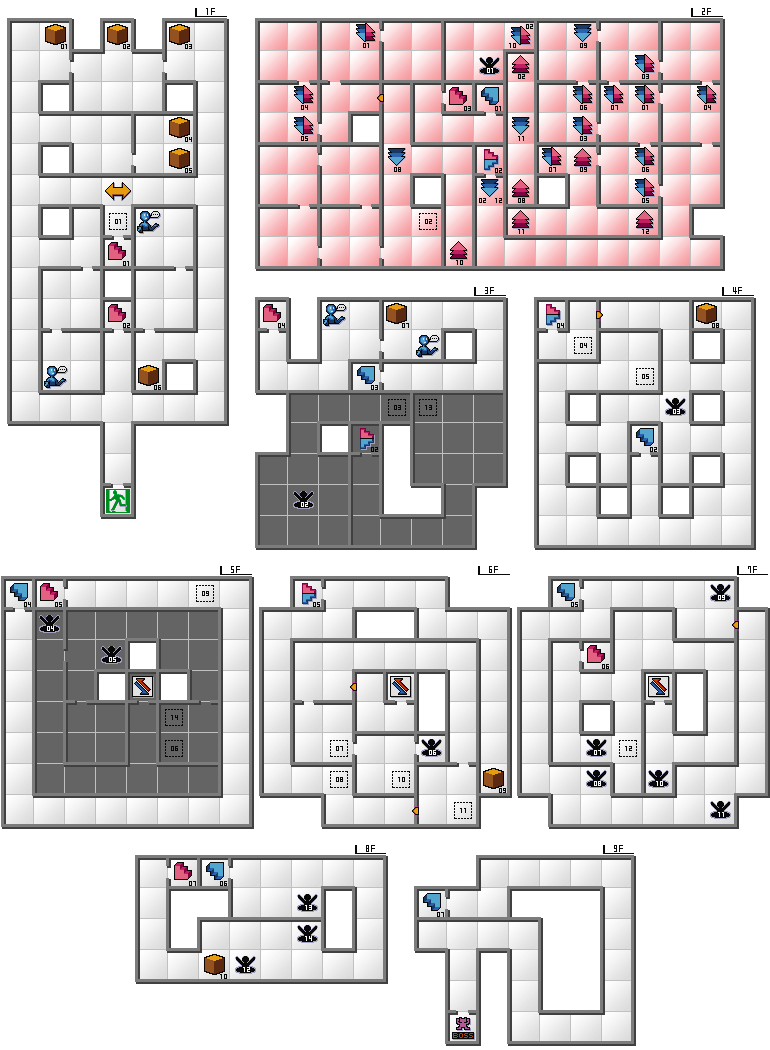
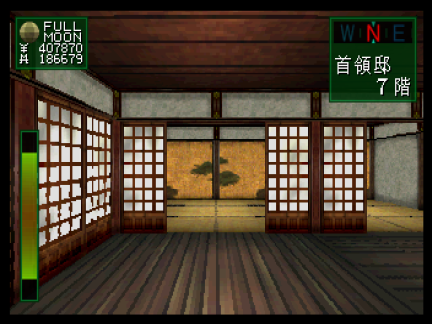
New City Hall
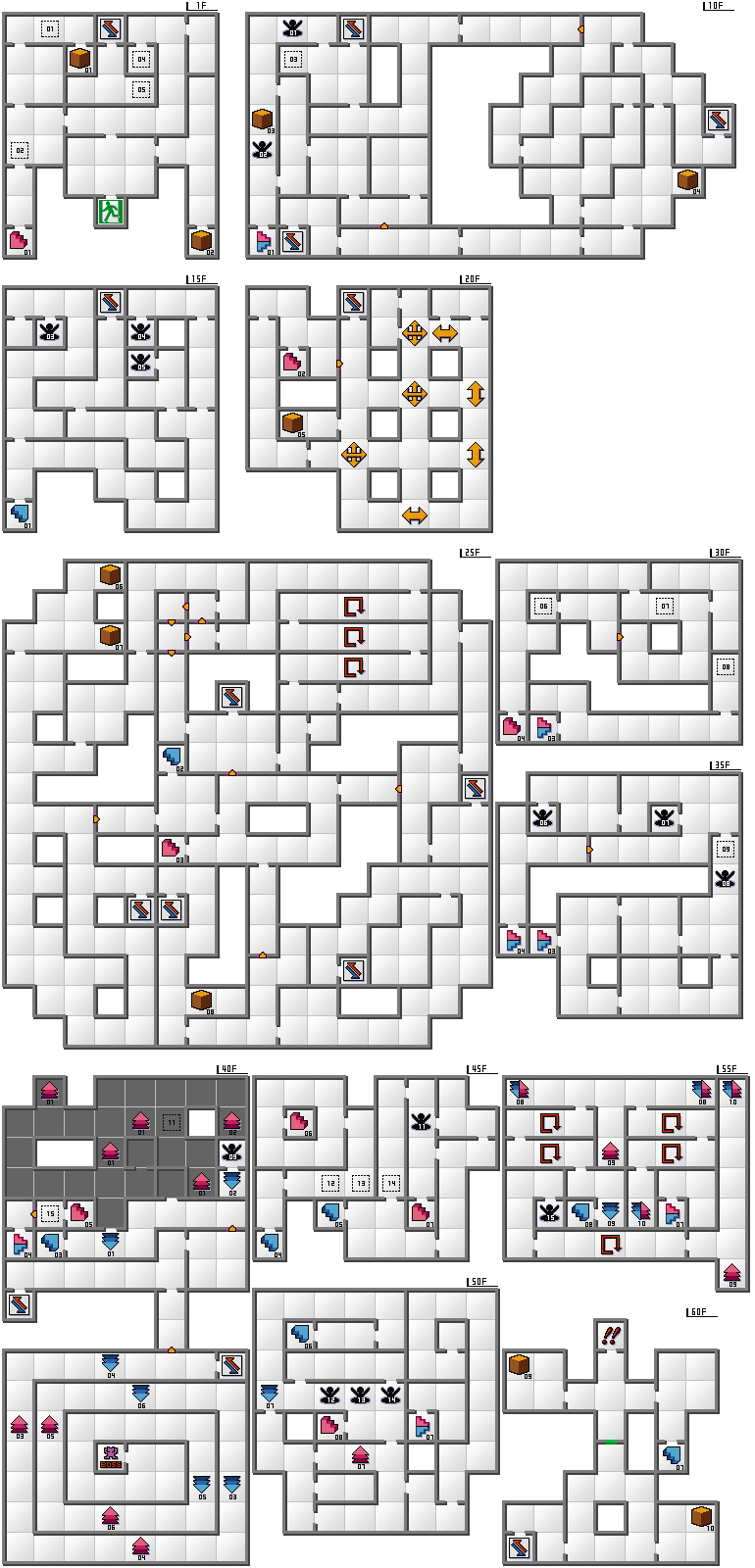
Pseudo Astral Plane
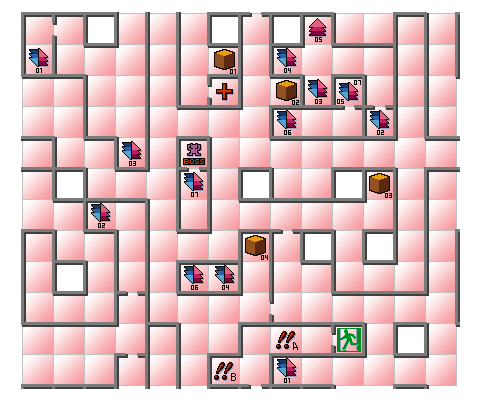
Avici Hell
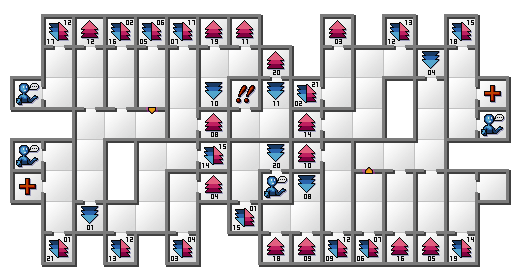
Hibarigaoka Sewers

Youji Forest
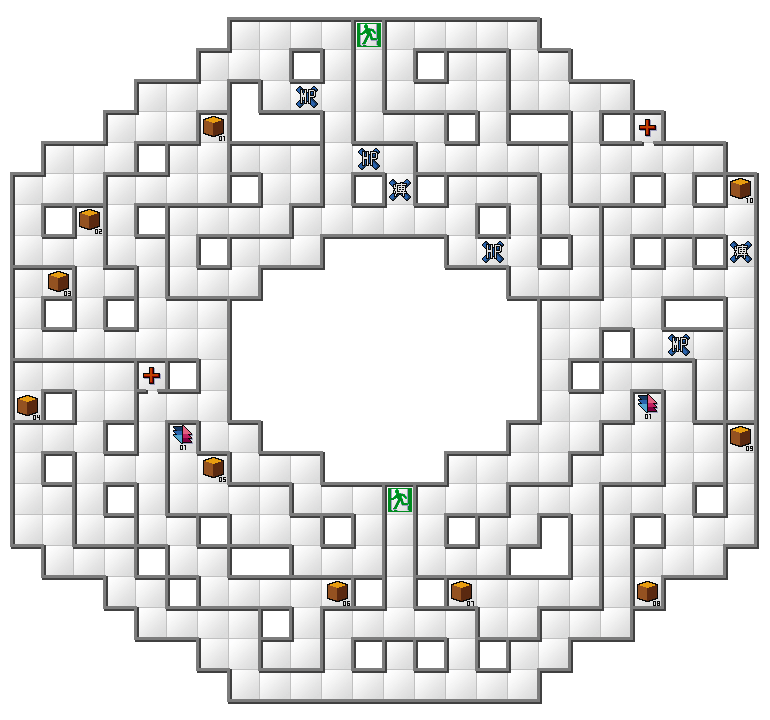
Ancient Tomb Maze

Optional Dungeons
NOTE: I'm not 100% sure if these first two are optional, but I'm assuming they are since they're given to you in the same way that Chinatown is given to you. If you visit Marie throughout the game, she'll occasionally give you sidequests.
Optional: Casa Inui
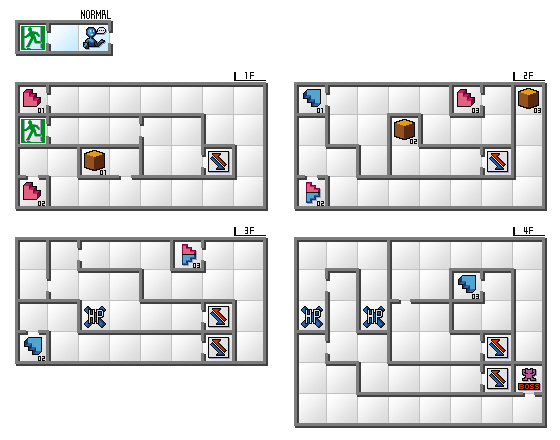
Optional: Kasagi Manor
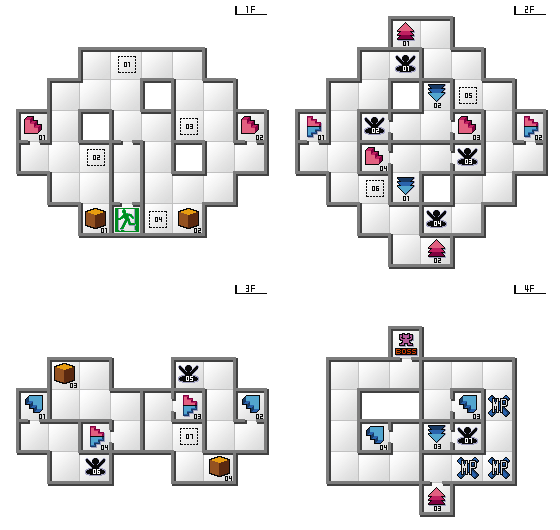
Optional: Chinatown
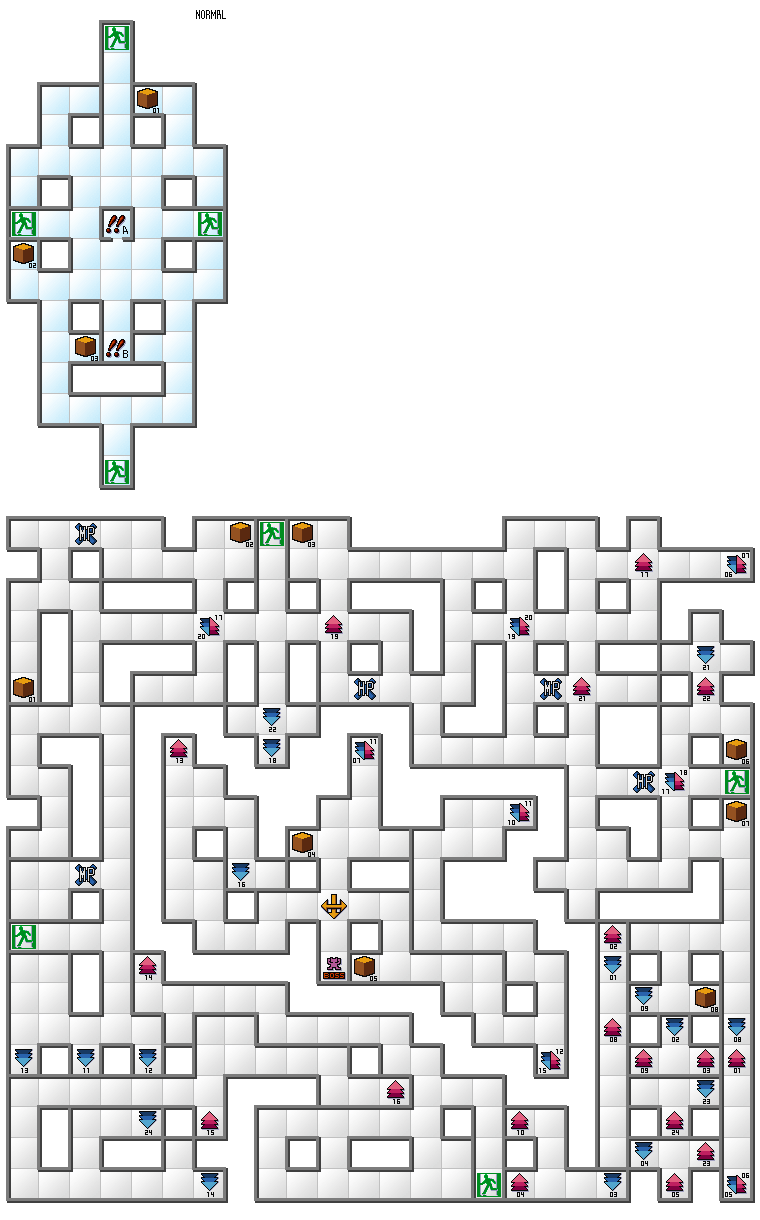
Optional: District Sewers
-
Yarai-ku Sewers:
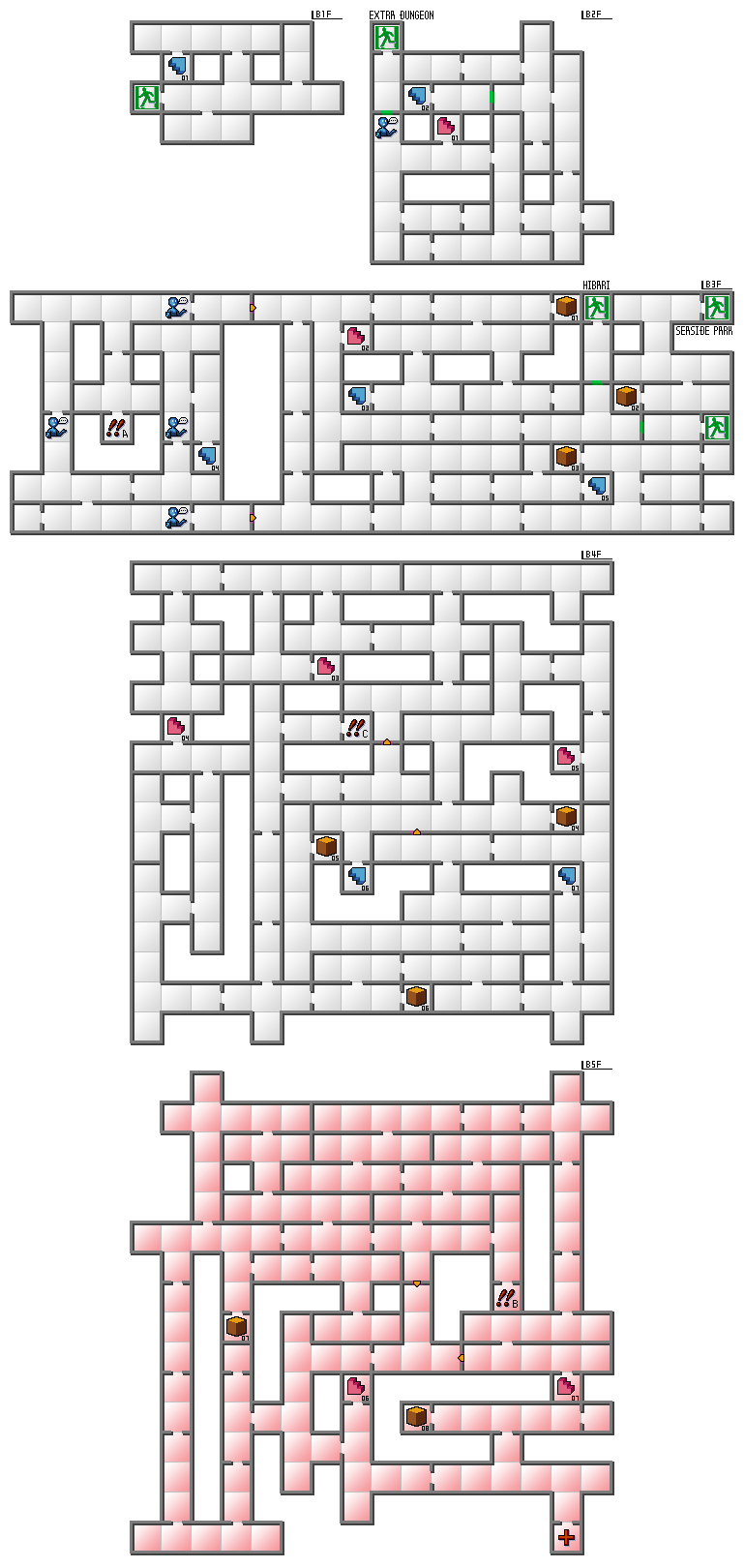
Mt. Kasagi (University) Sewers:

Home Sewers:
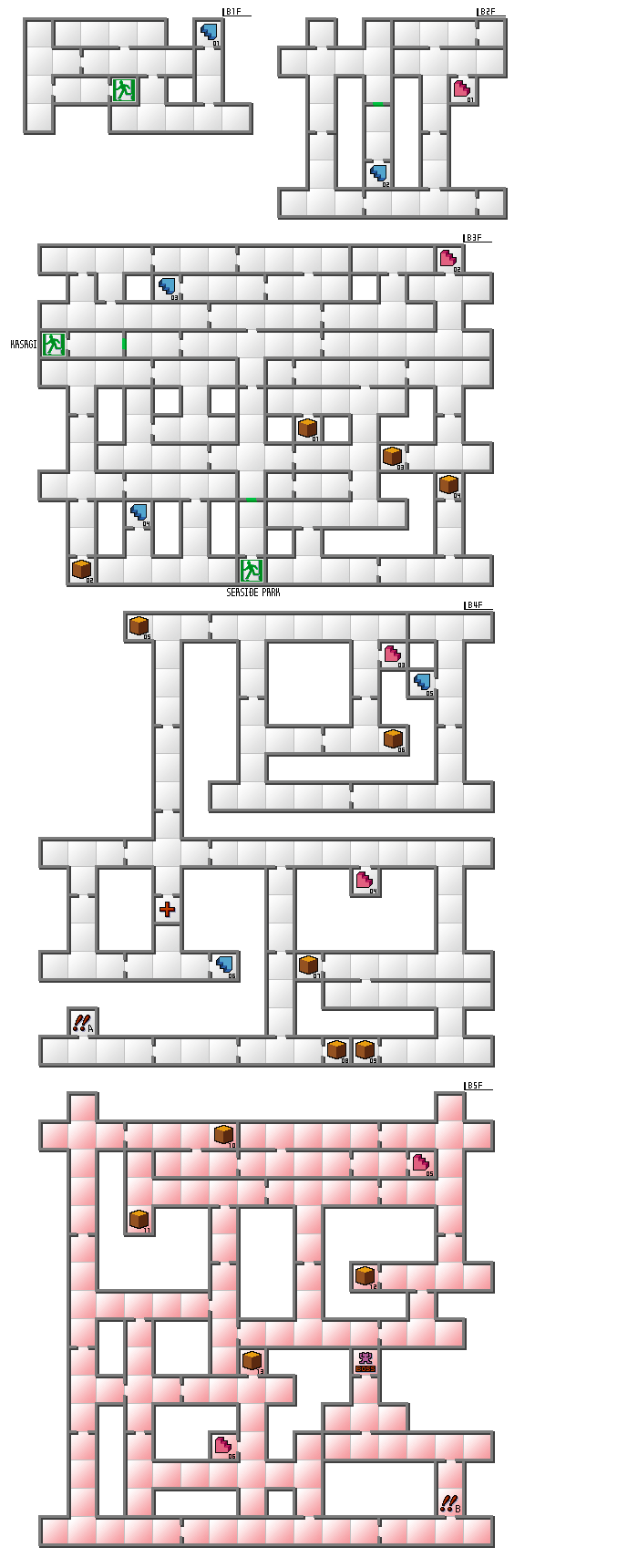
Seaside Sewers:
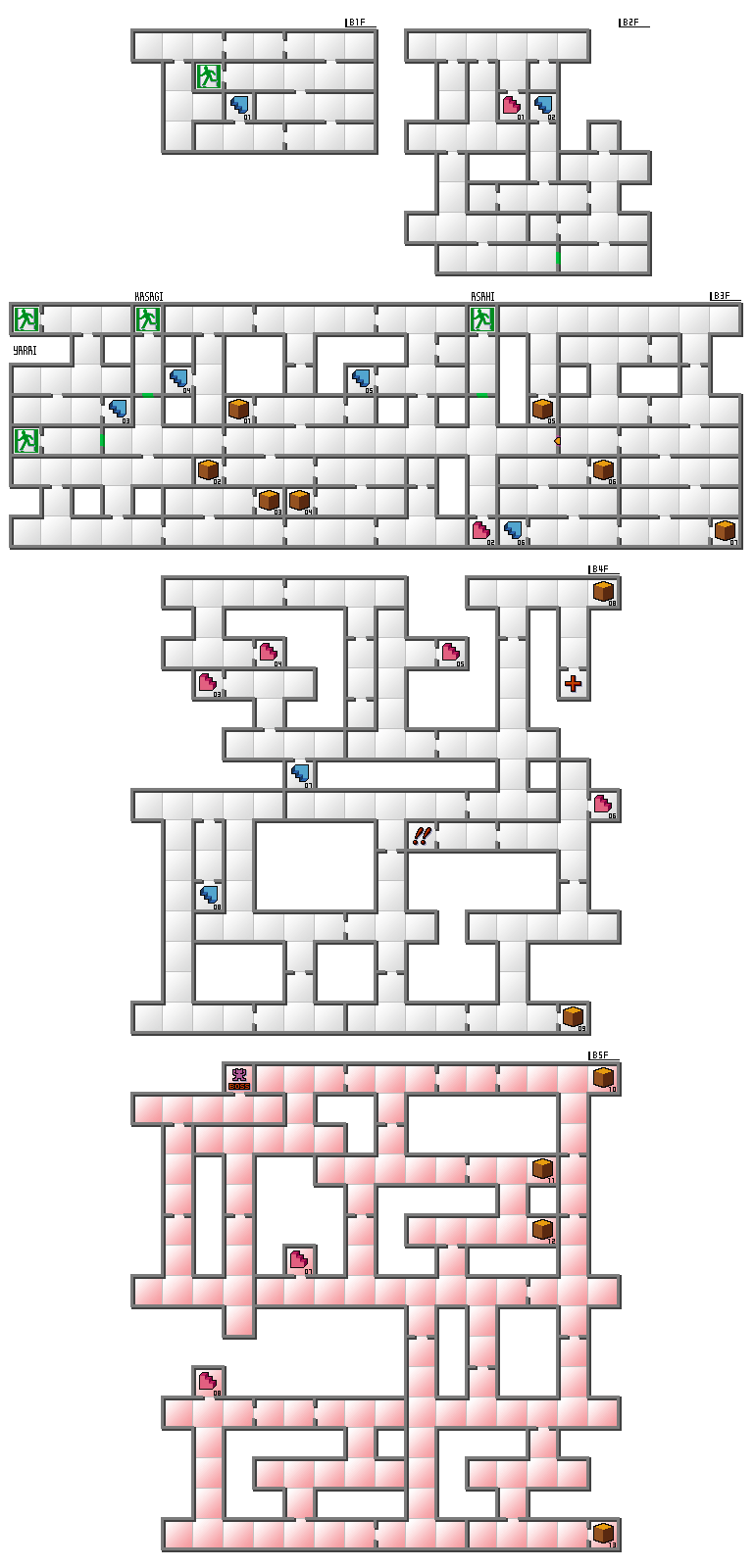
Hibarigaoka (Yumiko) Sewers:

Optional: Astral World
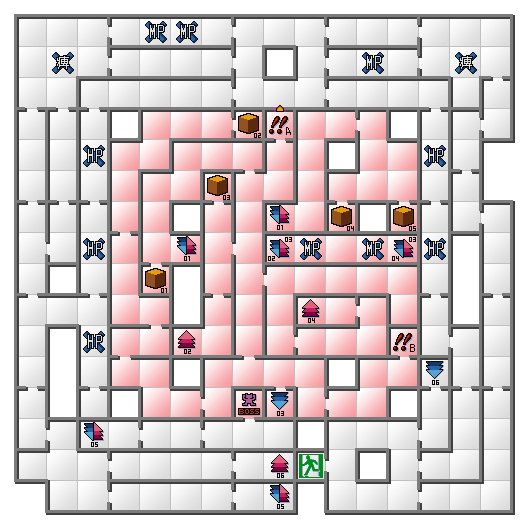
Closing Thoughts
Devil Summoner Simple Walkthrough/Story Guide
As mentioned above, a simple guide is available as well if you want instructions on where to go.
Contact the webmaster at smtgen@protonmail.com!
Last
updated 2.9.22!
Sid Davis!
Nakajima says:
Contact the webmaster at smtgen@protonmail.com!
Last
updated 2.9.22!
Yumiko says:
Sid Davis!
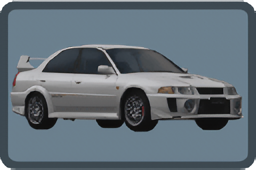
Mitsubishi Lancer Evolution V GSR '98 says:
Contact the webmaster at smtgen@protonmail.com!
Last
updated 2.9.22!
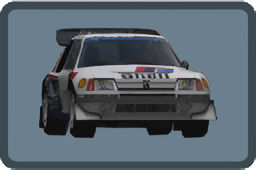
Peugeot 205 Turbo 16 Evolution 2 '86 says:
Sid Davis!
Contact the webmaster at smtgen@protonmail.com!
Last updated 2.9.22!
Sid Davis!